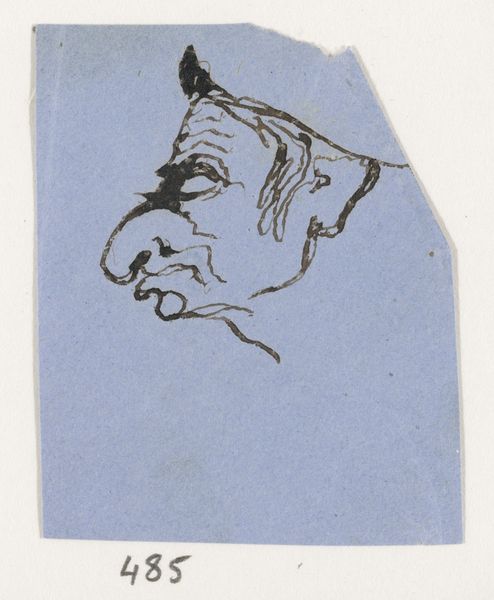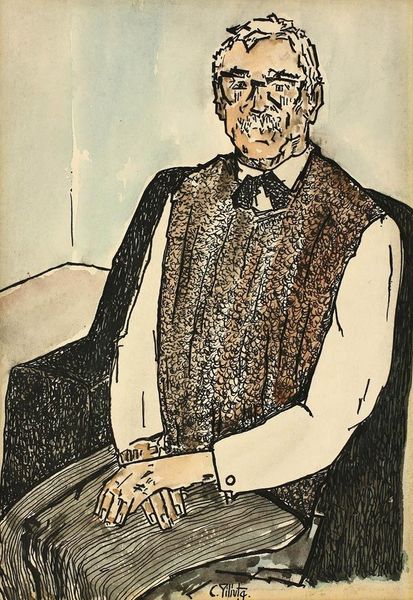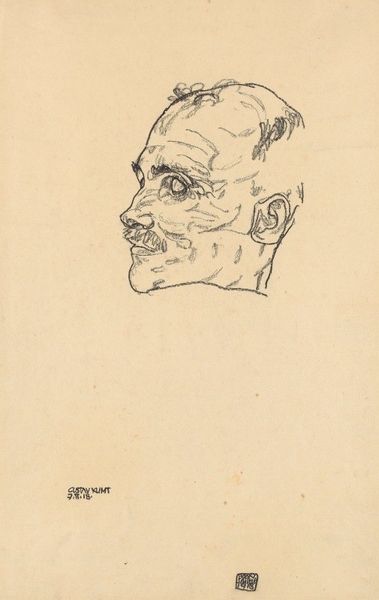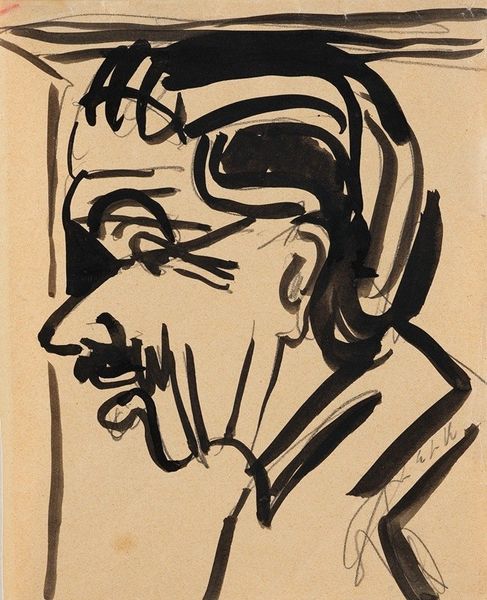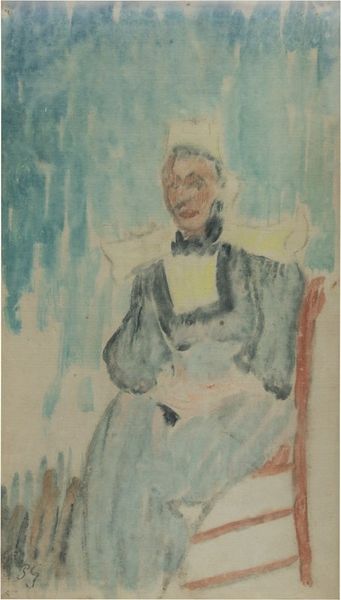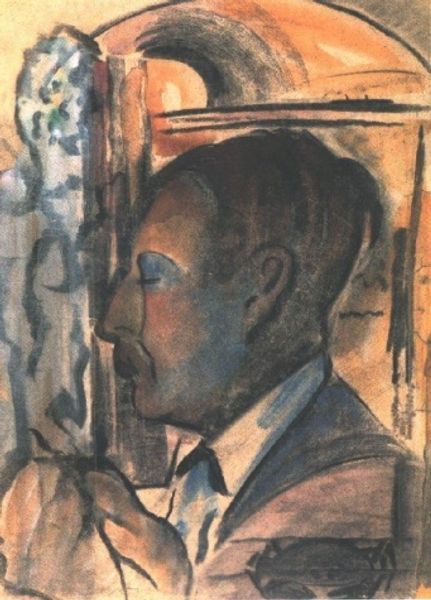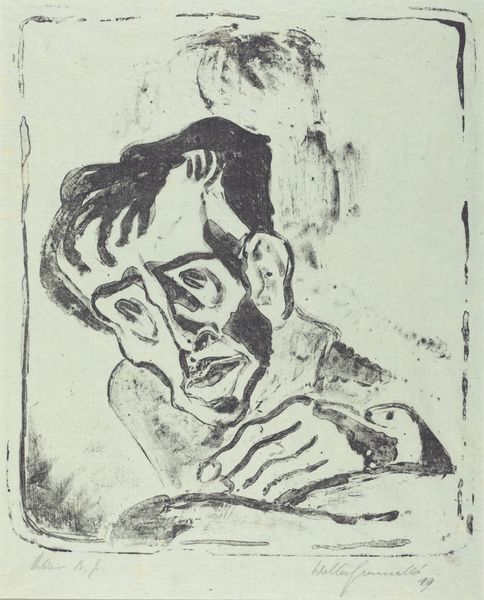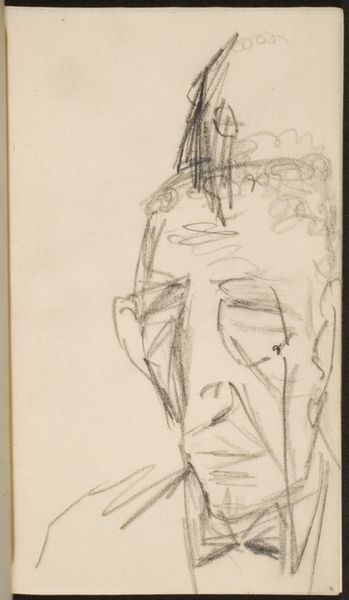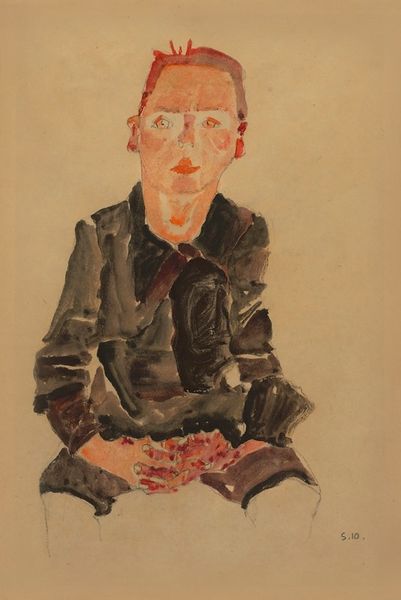
drawing, coloured-pencil, ink, poster
#
portrait
#
drawing
#
coloured-pencil
#
caricature
#
figuration
#
ink
#
coloured pencil
#
expressionism
#
poster
Copyright: Public Domain: Artvee
Editor: Here we have Karl Wiener’s “Grotesken, 30 Blätter, Graz,” created in 1924, using ink and coloured pencil. The colours are really striking, but the figure itself is… unsettling, almost decaying. How do you interpret this work? Curator: Well, the title "Grotesken" is a direct invitation to consider the artwork within a socio-political framework. Given its creation in 1924 in Graz, Austria, it’s hard not to read this as a commentary on the anxieties and the disfigurement caused by World War I and the social upheavals that followed. The distorted figure, presented almost like a wanted poster, is that a representation of societal decay or perhaps an indictment of authority? What feelings does it provoke in you? Editor: It definitely feels like a critique. The raised finger, is that meant to show instruction or accusation? The overall mood seems very critical of a society that is built to fail a portion of its people, so this portrait could definitely be interpreted that way. Curator: Precisely! And think about Expressionism, the artistic movement Wiener was associated with. It's characterized by distortion and exaggeration to convey inner emotions and experiences, which often reflect broader social critiques. It directly engaged with anxieties related to industrialization, alienation, and, yes, political corruption. Can we consider this "Grotesken" to be an embodiment of the fractures in social structure? A silent scream captured on paper? Editor: Absolutely. Considering the Expressionist style and the post-war context, that scream seems to convey some pretty serious issues around political instability, which definitely rings true! I’ve definitely learned new ways to analyze similar works going forward! Curator: And hopefully recognize that art serves as a mirror reflecting not just aesthetic beauty, but profound social truths and power dynamics. It seems art imitates life in interesting and chaotic ways, huh?
Comments
No comments
Be the first to comment and join the conversation on the ultimate creative platform.
